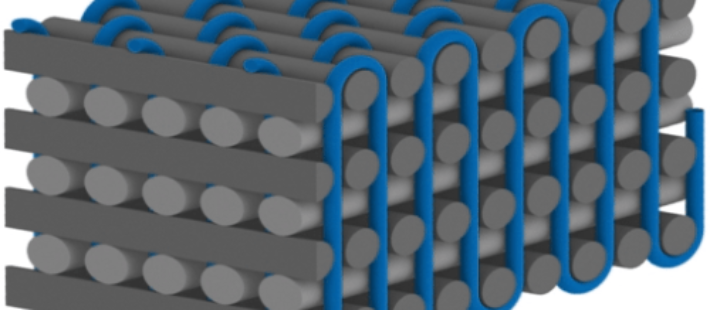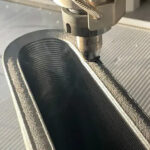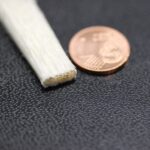Tex Tech Industries, headquartered in Portland, Maine, has been working on a project with the Institute for Composite Materials (IVW) in Germany on the issues of the high lay-up requirements and sensitivity to delamination when using 2D textile fabrics and the difficulties in impregnation when using thicker 3D woven fabrics.
The research team believed that by integrating through-thickness oriented fibres in 3D woven fabrics, they could achieve more promising results from through-thickness permeability tests. To test their theory, they measured the permeability of several glass fibre textiles, four of which were 3D woven fabrics and the other two a 2D non-crimp fabric and a 2D woven fabric to serve as benchmarks. These tests focused on calculating the relationship, if any, between the particular textile’s areal weight and number of layers to its permeability.
From their tests, the team came to a few key conclusions, including:
- Across the board, all of the 3D woven fabrics tested demonstrated higher through-thickness permeability than both of the 2D benchmarks. Increases were in the order of 10 times as high.
- An increase in the areal weight of the 3D woven fabrics results in an increase in the fabric’s through-thickness permeability.
- The amount of through-thickness oriented fibres significantly influences areal weight and, consequently, through-thickness permeability.
- There was no significant difference in permeability between a three-layer and eight-layer 3D woven fabrics.
The above correlations remain true at increasing pressures. Altogether, these conclusions highlight the potential advantages of 3D woven fabrics and lay the framework for the future development of even higher performance textiles.
Full details of the study can be read here.
Source: Inside Composites











